Interviews
Changing fortunes of "identity art"
When I first came out, when I first came out doing it, again, it was hip in the art world to do identity studies in the early ‘90s. It was a big thing, and now it’s not as big a thing, in terms of what’s selling, in terms of the commercialism of artwork. But I would argue that it’s equally if not more important because it’s not in the conscious mind of what’s being put out there.
So for instance, I wanted to bring out an artist who did big identity work—Albert Chong, a Hapa artist from Jamaica who’s this amazing photographer—and I nominated him to come out as visiting artist and I said he does all this work about identity, and it got rejected in the first round because they said “Well, identity is not that hot of a topic right now.” And I had to write, “How can you say this?! This is college! This is students leaving home for the first time! How can you say identity—”
And they brought him out and he was this huge success. I mean, students loved him because he was talking about how it is you have every right to talk about your own processes, like the way you celebrate holidays, the way that you eat food, the way you relate to people, what you’re attracted to—that’s okay to talk about. So it’s changed, but we have to fight to keep it going.
Date: May 3, 2006
Location: California, US
Interviewer: Jim Bower
Contributed by: Watase Media Arts Center, Japanese American National Museum.
Explore More Videos
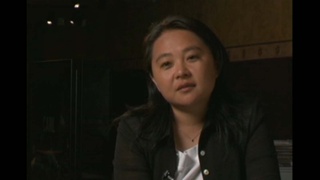
Nihongo gakko - Preserving Japanese culture (Spanish)
(b. 1969) Former president of Centro Nikkei Argentino.
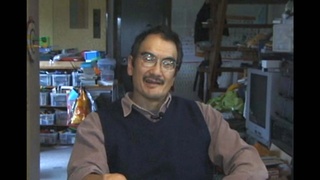
Not wanting to stand out as a foreigner
Sansei Japanese American living in Japan and Kendo practioner
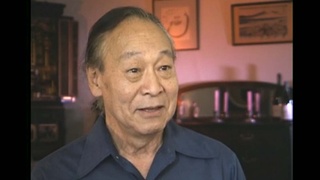
Have compassion for all of humanity
(b. 1923) Nisei from Washington. Resisted draft during WWII.

Identity crisis (Spanish)
(b. 1969) Former president of Centro Nikkei Argentino.

Never sang Enka outside the family
(b. 1981) Enka Singer
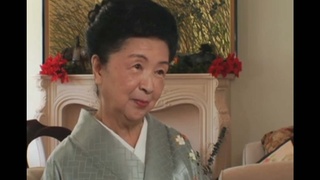
Both Japanese and American identities though Japanese dance
(1918-2023) Nisei Japanese kabuki dancer

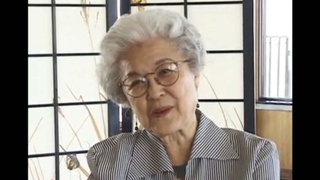
Results of being more American than Japanese
(1924-2018) Researcher, Activist

Trying to convey the meaning of the songs
(b. 1981) Enka Singer
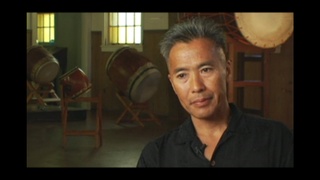
Internship on a Native American reservation in Arizona
(b.1952) Master drummer, artistic director of the Taiko Center of the Pacific
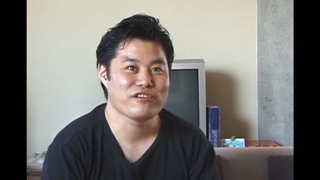
Different tension between East Coast and Los Angeles
Japanese American Creative designer living in Japan
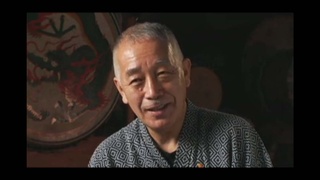
Differences between American and Japanese taiko
(b.1943) Shin-issei grand master of taiko; founded San Francisco Taiko Dojo in 1968.
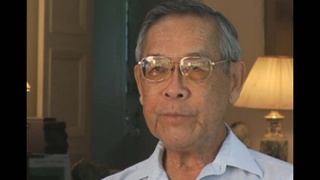
Meeting Japanese Americans from the mainland in MIS
(1923-2011) Lawyer, MIS veteran, founder of Francis and Sarah Sogi Foundation

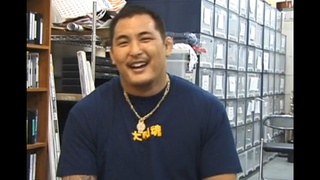
Sudden acceptance in Japanese society
(b. 1967) Hawai`i-born professional fighter in Japan
